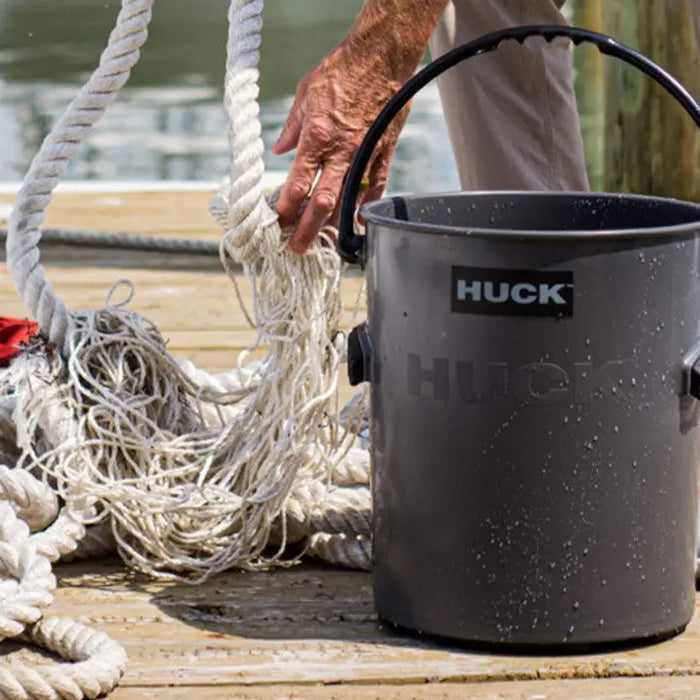
Ultimate Guide to Largemouth Bass Fishing in New Jersey: Tips, Spots & Seasons
Largemouth bass fishing in New Jersey has grown into a beloved pastime, attracting anglers from all walks of life. Whether you're casting a line from a boat in Lake Hopatcong or trying your luck from the shore at Assunpink, the...








